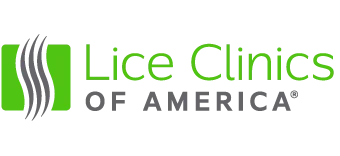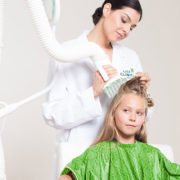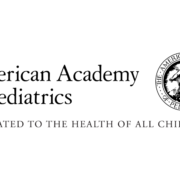Dirty Secrets of Head Lice & Lice Removal – Have you heard them?
It’s the call no parent wants to get. “Your child has head lice.” It usually comes from the school, or summer camp, or day care and most noteworthy, never comes at a convenient time.
Don’t worry, you’re not alone. Some 6-12 million people contract head lice in the United States each year, according to the Centers for Disease Control and Prevention. Yes, that’s a wide range. Reporting is notoriously uneven.
Most people in Salt Lake City don’t report on lice because they are embarrassed due to a stigma that somehow pegged head lice to poor hygiene. The truth is that lice or nits have nothing to do with personal hygiene. In fact, some researchers have found that lice thrive better on a clean head than a dirty one.
Still, there is a definite yuck factor when it comes to having insects in your child’s hair.
Head Lice & Nit Fundamentals
Pediculus humanus capitis, a.k.a. human head lice are extremely small and very tenacious. An adult louse has six claws that have evolved to tightly grip human hair, and a mouth that sucks blood from the human scalp—that’s the only food they can eat. And they can’t live on any other creature.
It may surprise you that lice have been around for hundreds of thousands of years and have been with humans since humans parted ways with our ancestors and Homo sapiens were born.
Do You Know the Dirty Secrets of Head Lice?
- They are evolutionary marvels. Not only have head lice adapted to live only on humans, most lice in the United States have developed a genetic resistance to the most popular over-the-counter lice products available. A 2016 study found that 98 percent of lice sampled in 42 states had the genetic mutation that makes them resistant to pyrethroids, the class of insecticide used in lice treatment products.
- They can’t live without you. Lice die after about a day without human blood and human body warmth. Nothing else will do. They can’t live on your cat, dog, or any other species of animal.
- Lice don’t fly. They don’t even jump. The primary way lice spread is through head-to-head contact. The reason lice are more common on children than adults is because children put their heads together more than adults do, therefore spreading lice more easily.
- They don’t hurt you. Lice don’t cause any health problems other than perhaps itchiness and excoriations on the scalp. They don’t spread disease and they don’t make you sick.
- Eggs are the hardest part of lice removal. Combing out live lice is relatively easy because a louse is large enough to get caught by a fine-toothed comb. Eggs, or nits, are much harder to see and remove. They blend in with light colored hair and attach themselves with a glue-like substance that makes them tough to remove. Miss a nit or two and you’ll have a fresh outbreak in 7-10 days when they hatch. It’s not uncommon to hear of families dealing with head lice for weeks or months, combing and nitpicking daily.
Head Lice Removal Treatment based on Science
Fortunately, the medical community has been hard at work finding new ways to combat head lice. Among the most promising is the AirAllé medical device available at Lice Clinics of America lice treatment centers. The AirAllé is an FDA-cleared medical device developed by researchers at the University of Utah. It uses carefully controlled warm air to dehydrate lice and eggs in a single treatment. Clinical trials found that it killed live lice and 99.2 percent of eggs. Even better, results are guaranteed!











